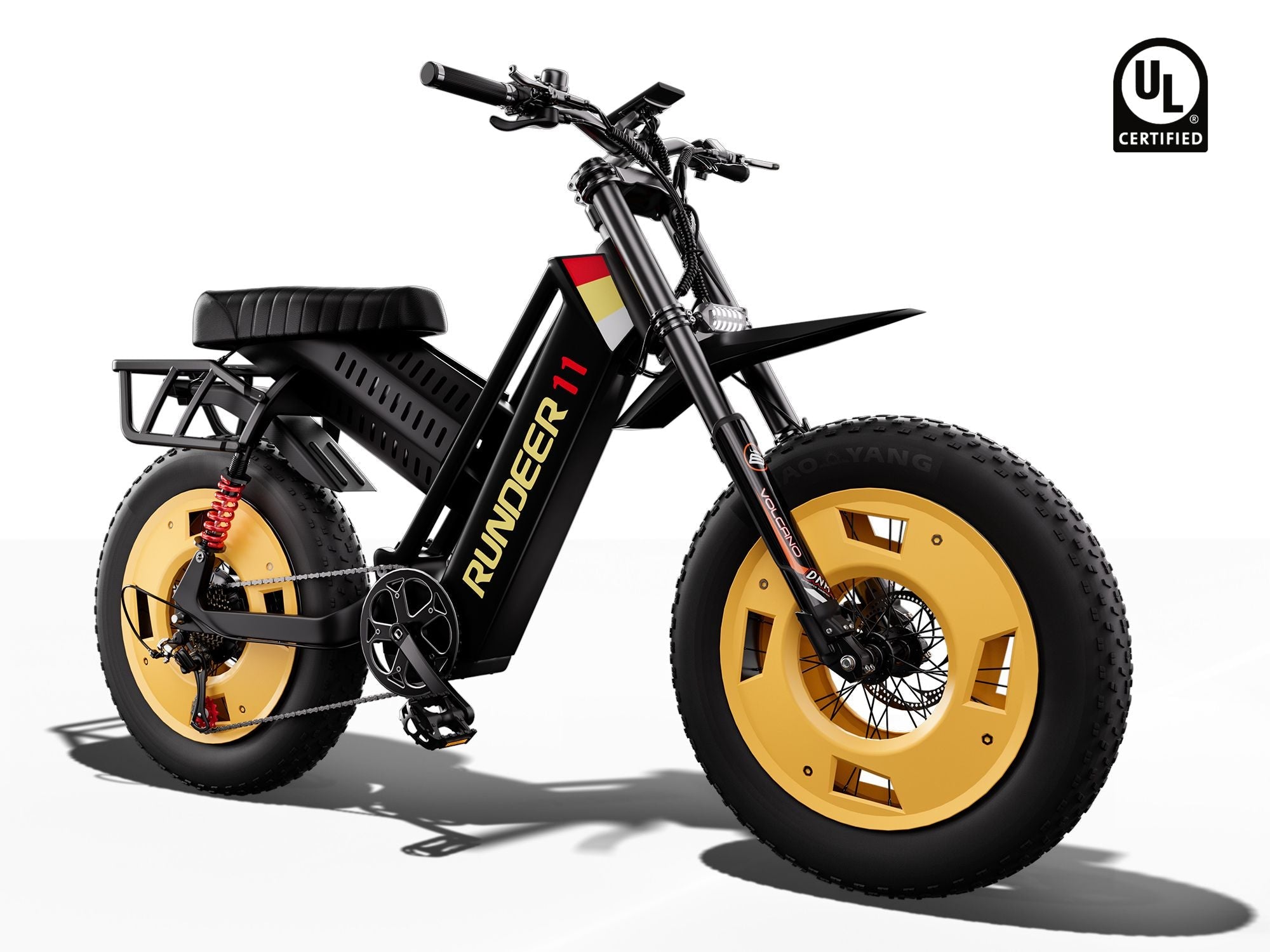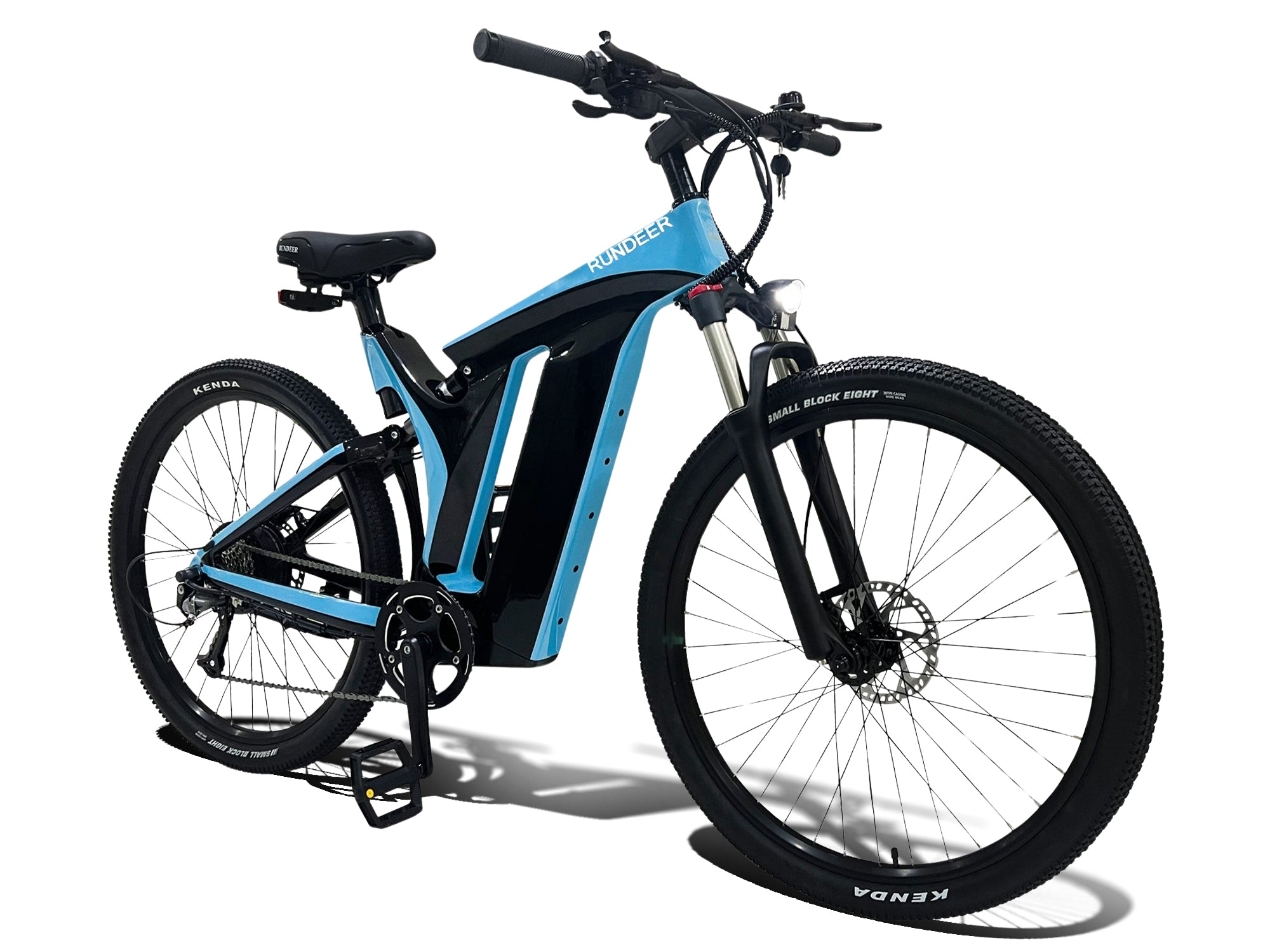As you organize a weekend excursion, the trail beckons, but a question lingers in the back of your head: will my e-bike battery last? The electric bike industry is booming, offering a thrilling mix of pedal and electric power. But to take full advantage of the freedom an e-bike provides, learning the fundamentals of charging becomes essential for any rider.
E-Bike Charging: The Overall Picture of Time and Range Realities
One of the top questions on every prospective e-bike purchaser's mind is, "How long does it take to charge?" The reality is, there is no one-size-fits-all answer. You can generally expect a full charge to take anywhere from 3 to 6 hours, but this does depend largely on a number of factors.
But charge time is only part of the equation. How far can you travel on a charge? That is where it gets even more interesting. The range of an e-bike varies greatly – you can get anything from 20 miles to 60 miles or more. As with charge time, this is not a fixed number and is dependent on a number of variables coming together to provide you with your actual world riding experience.
Your E-Bike's Initial Charge: Setting the Stage
Think of the first charge of your e-bike battery as laying the groundwork for a sturdy building. It sets the tone for the battery's subsequent performance and overall health. That's why manufacturers almost always recommend fully charging your battery before you take it out for a spin for the first time.
Don't anticipate your battery to arrive with a half charge. This is completely normal and typically done for safety during shipping. Simply plug it in and allow it to reach 100% prior to your initial ride.

What Actually Impacts E-Bike Charging Time?
There are a few determining factors in how long it takes for your battery to be fully charged. Battery capacity, which is expressed in Watt-hours (Wh) or Amp-hours (Ah), is similar to tank size. The larger the capacity, the more energy the battery will hold, and the longer to top it off from empty to full. Greater capacity means a longer trip, but also longer in the charger.
The level of power your charger delivers determines how fast it charges. Chargers are rated by output, which is most often expressed in terms of Amps. The higher the amperage of a charger, the more power it will supply to the battery in an hour, thus charging it faster. Consider the analogy of a water hose – the bigger hose will fill up a bucket faster.
Battery health and age also play a significant role. Similar to any rechargeable battery, e-bike batteries become less powerful with age. As an old battery ages, the resistance increases internally, which will cause it to charge more slowly and be less capable in general. A battery that had taken 4 hours to charge new may require 5 or 6 as it has aged.
Temperature is more crucial than most people realize. Sudden heat and cold can play havoc on the charging process. Batteries charge best within a moderate range of temperature, typically between 50°F and 77°F.
Smart E-Bike Charging Habits for Optimum Efficiency
Getting into good charging habits early on will reap rewards during your e-bike owning lifespan. Use only the charger that was intended for your e-bike battery. An incorrect charger can harm the battery or even be a safety risk. Although most e-bike chargers in recent years have automatic turn-off built in, it is still a good idea to disconnect the battery upon being fully charged.
Charge the e-bike battery at room temperature. Avoid charging in the sun or in very cold weather. Charging is a natural process that creates a bit of heat, and ambient temperatures at the extremes can conflict with ideal charging efficiency.
Clean battery terminals and charger contacts by wiping them with a dry cloth occasionally if you need to in order to get a good contact between them. A poor contact will result in slow charging and is also a safety hazard.
Selecting Your E-Bike By Battery Need
When selecting an e-bike, take a close look at how and where you ride and what you will be using it for, as this directly impacts your battery requirements. City commuters can get by with a lightweight e-bike and mid-level battery capacity for shorter trips and zipping around town on errands. Off-road bikers, on the other hand, need heavier e-bikes with large-capacity batteries for cruising challenging trails and up steep inclines.
Long-distance touring needs the most consideration. If you anticipate taking long trips, place a high priority on a long-range battery e-bike and make sure the bike is comfortable for you over long periods of time. Always make sure the e-bike you select has a battery capacity that easily covers your normal riding requirements, with some reserve for occasional longer trips.

E-Bike Battery Care in the Long Run
Taking care of your e-bike battery is an investment that will pay off in the long term. When storing your e-bike for extended durations, store the battery in a dry, cool place, away from direct sunlight. Store the battery at around 40-60% charge if possible, rather than fully charged or empty.
Never subject your e-bike battery to extreme heat at any point. Never store your e-bike in a vehicle on a hot day or leave the battery in freezing conditions. Exposure will permanently damage the battery cells.
Do not keep your e-bike battery fully charged for an extended period of time. As a general rule, charge the battery a minimum of once every couple of months, even when you're not riding the e-bike. This prevents the battery from entering a deep discharge state in which it could be difficult to recharge. Treat your e-bike battery physically with caution to prevent damage. Never drop it or expose it to intense vibrations during transportation.
Advanced E-Bike Tips and Spare Battery Benefits
Better safe than sorry is the motto when charging. Charge with a surge protector to safeguard your e-bike charging system against power surges, and always charge in a well-ventilated area to prevent overheating.
For committed riders, investing in a spare battery gives you possibilities. This offers additional range and safety on extended rides where opportunities to charge are not common. Familiarize yourself with how to carry and exchange your spare battery safely, and think through the logistics of dealing with more than a single battery on extended trips.
Extra batteries are also great standby power for daily commuters who do not have time to be stuck with a dead battery.
E-Bike Adventures Await
Taking control of e-bike charging and battery care transforms your rides from occasional stress to pure exhilaration. These expert tips and guidelines ensure your battery will perform at its optimum level for years to come. Your e-bike is a reliable friend ready for whatever the next adventure brings with good knowledge and habits in place.








